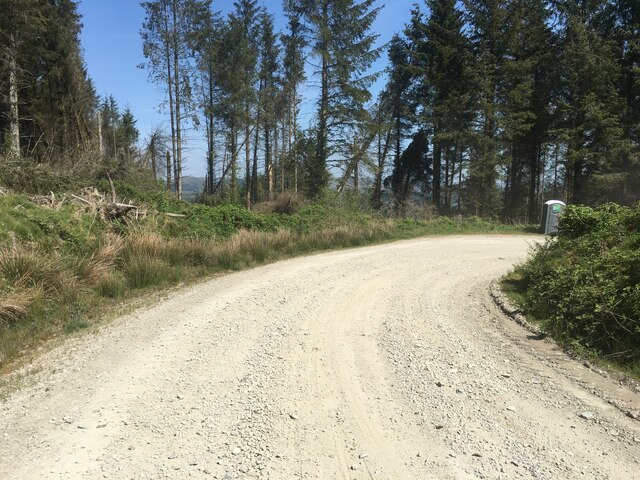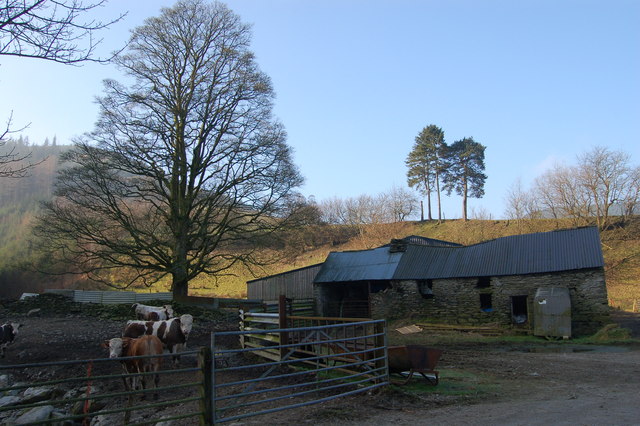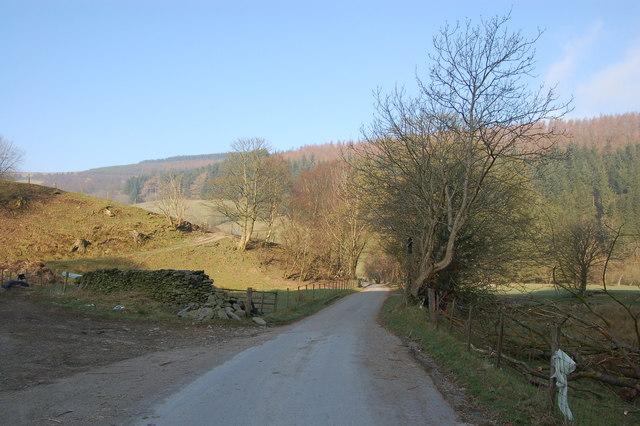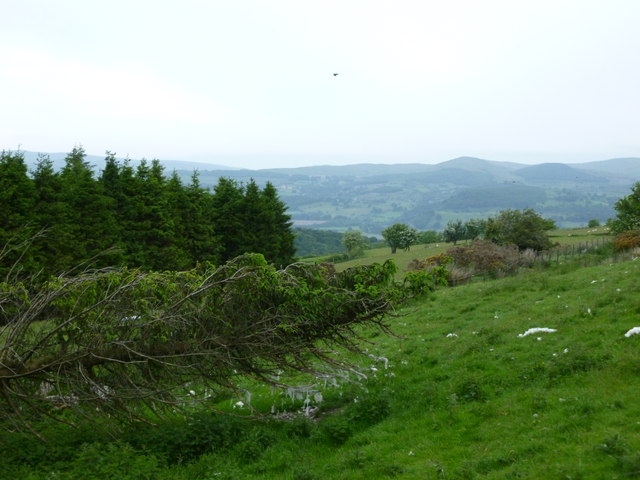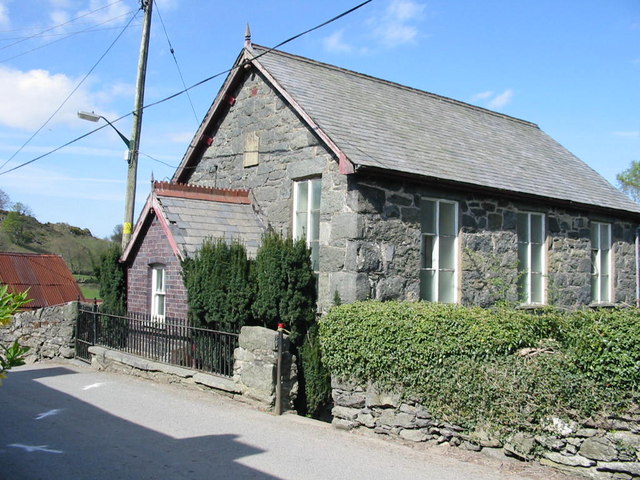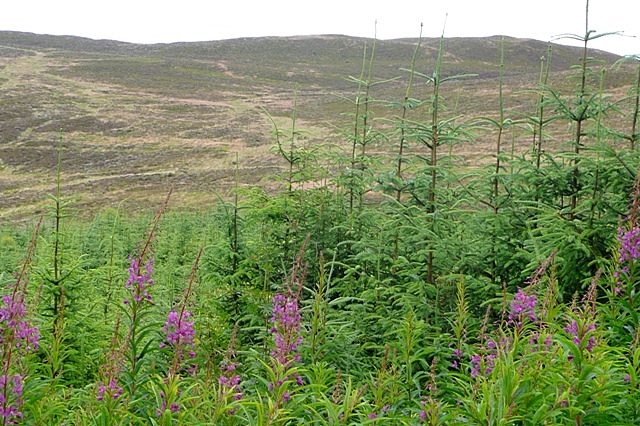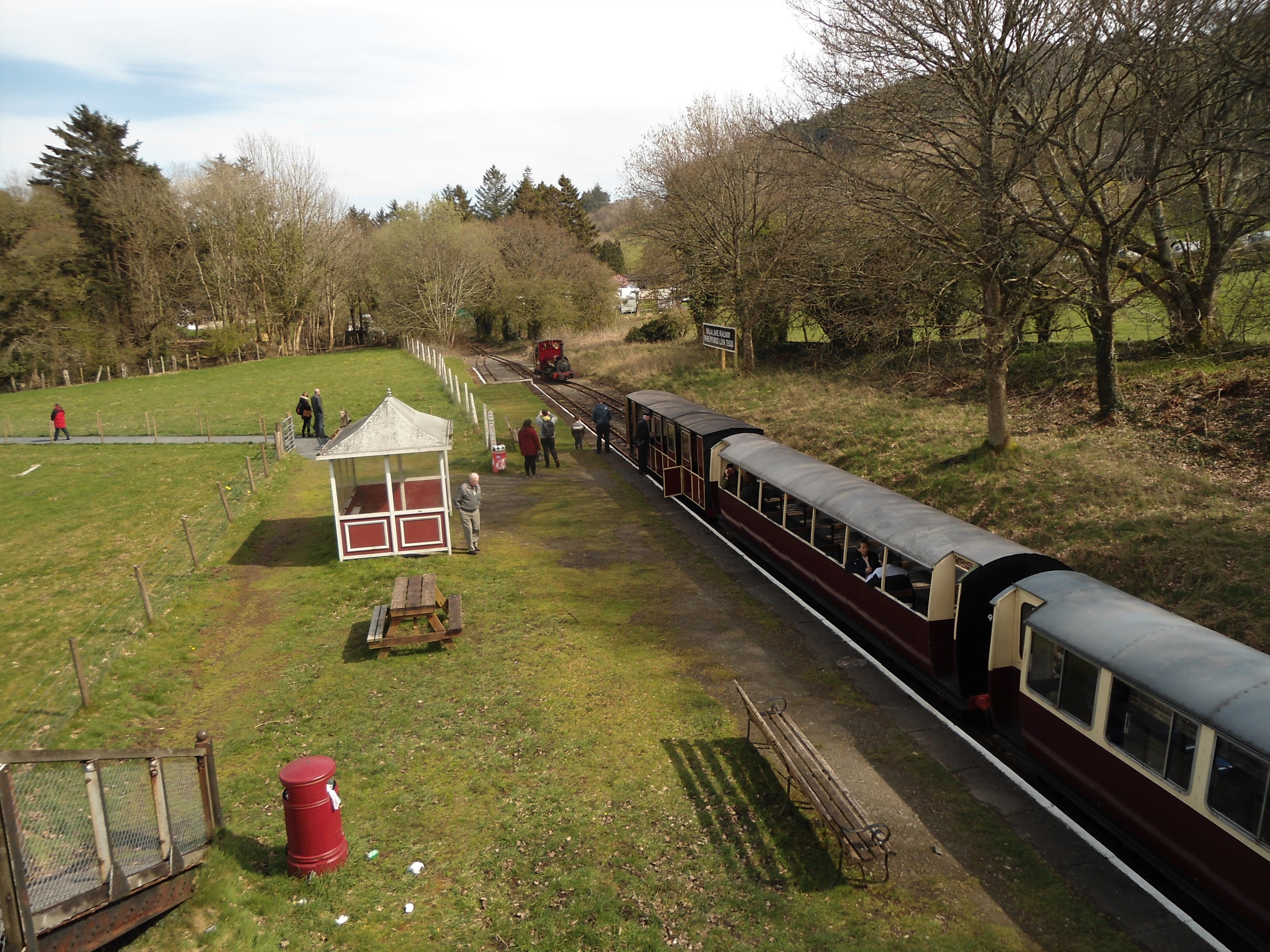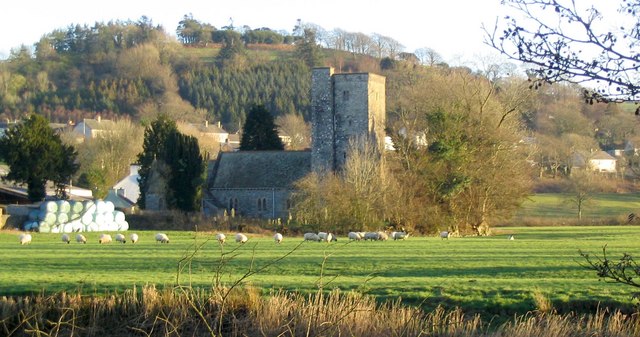Ceunant Trawsnant
Valley in Merionethshire
Wales
Ceunant Trawsnant

Ceunant Trawsnant is a picturesque valley located in the historic county of Merionethshire, Wales. Nestled in the heart of Snowdonia National Park, this stunning natural attraction offers visitors a glimpse into the region's breathtaking beauty. The valley is situated near the village of Llan Ffestiniog and is surrounded by towering mountains and lush, verdant landscapes.
Ceunant Trawsnant is renowned for its spectacular waterfall, which cascades down the steep cliffs with immense force. The rushing waters create a mesmerizing display, attracting nature enthusiasts and photographers alike. The sound of the waterfall echoing through the valley adds to the enchanting ambiance.
Visitors can explore the valley by following a well-maintained footpath that winds its way alongside the river. The trail offers breathtaking views of the surrounding mountains and allows visitors to fully immerse themselves in the tranquility of the area.
The valley is home to a variety of wildlife, including rare bird species, otters, and even the occasional glimpse of red deer. The diverse flora and fauna make Ceunant Trawsnant an ideal location for nature lovers and wildlife enthusiasts.
In addition to its natural beauty, the valley has historical significance as well. It was once home to several slate quarries, which played a vital role in the local economy during the 19th century. The remnants of these quarries can still be seen today, adding an extra layer of interest to the valley's heritage.
Overall, Ceunant Trawsnant is a truly remarkable destination that combines stunning natural scenery, rich wildlife, and historical significance. It offers visitors a unique opportunity to experience the splendor of Snowdonia National Park and immerse themselves in the tranquility of the Welsh countryside.
If you have any feedback on the listing, please let us know in the comments section below.
Ceunant Trawsnant Images
Images are sourced within 2km of 52.874489/-3.5614721 or Grid Reference SH9531. Thanks to Geograph Open Source API. All images are credited.



Ceunant Trawsnant is located at Grid Ref: SH9531 (Lat: 52.874489, Lng: -3.5614721)
Unitary Authority: Gwynedd
Police Authority: North Wales
What 3 Words
///grumbles.overt.spins. Near Bala, Gwynedd
Nearby Locations
Related Wikis
Foel Goch (Hirnant)
Foel Goch is a subsidiary summit of Esgeiriau Gwynion, and is included in a group of hills known as the Hirnantau. These hills rise from the south east...
Rhos-y-gwaliau
Rhos-y-gwaliau is a small hamlet in Meirionnydd, Gwynedd, North Wales, about 1.5 miles (2.4 km) south-east of Bala. It is home to the Rhos y Gwaliau Outdoor...
Rhiwaedog
Rhiwaedog is the name of an ancient estate in North Wales, located in the Penllyn forest near Bala, Gwynedd. It gives its name today to two hills, Rhiwaedog...
Bala (Penybont) railway station
Bala (Penybont) is the current terminus of the heritage Bala Lake Railway, in Gwynedd, Wales, since 1976. The site was formerly the location of the Bala...
Bala Junction railway station
Bala Junction railway station was on the Ruabon to Barmouth line in southern Gwynedd, Wales. It closed to passengers on Monday 18 January 1965. Bala Junction...
Hirnant Limestone
The Hirnant Limestone is an old name for a geologic formation in England and Wales, defining the Hirnantian. It preserves fossils dating back to the Ordovician...
Llanycil
Llanycil is a community in the county of Gwynedd, Wales, near Bala, and is 99.9 miles (160.7 km) from Cardiff and 176.2 miles (283.6 km) from London. In...
Bala Lake Railway
The Bala Lake Railway (Welsh: Rheilffordd Llyn Tegid) is a narrow-gauge railway along the southern shore of Bala Lake in Gwynedd, North Wales. The line...
Nearby Amenities
Located within 500m of 52.874489,-3.5614721Have you been to Ceunant Trawsnant?
Leave your review of Ceunant Trawsnant below (or comments, questions and feedback).
